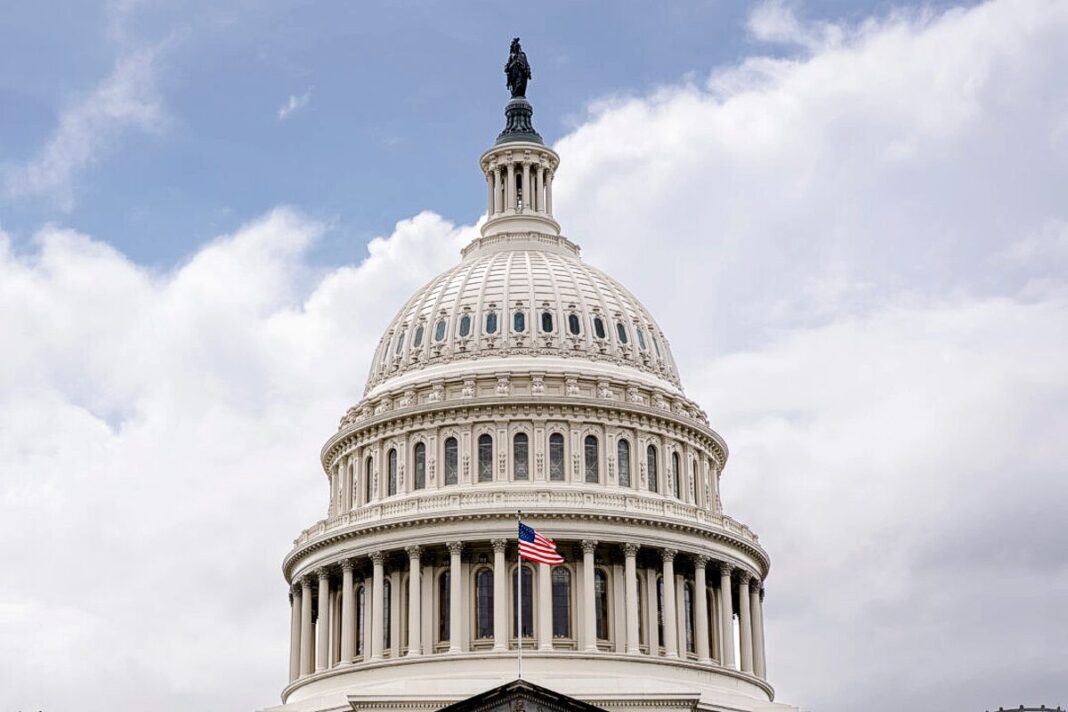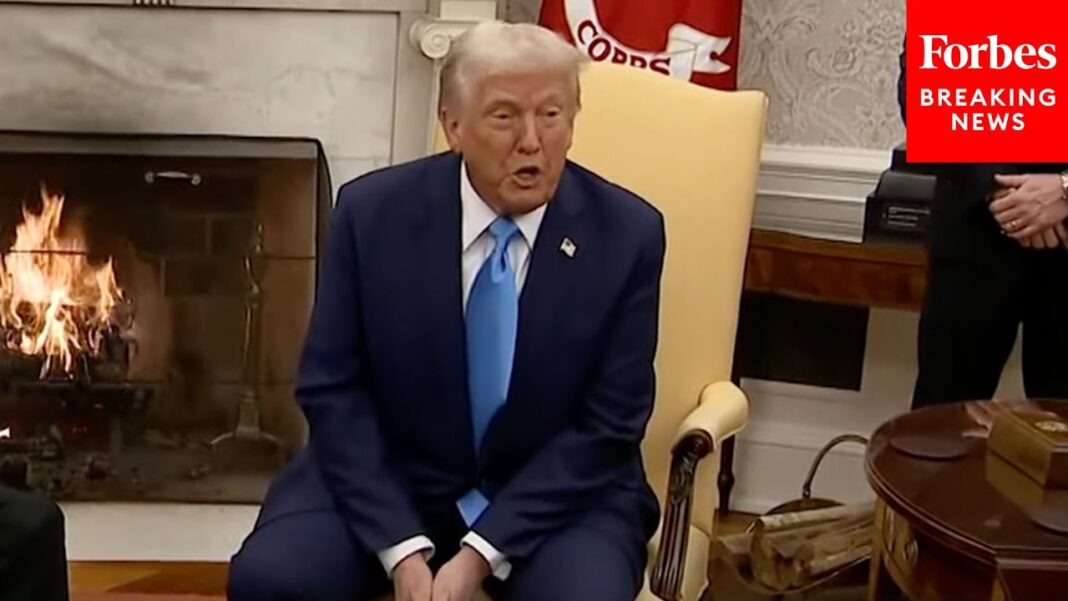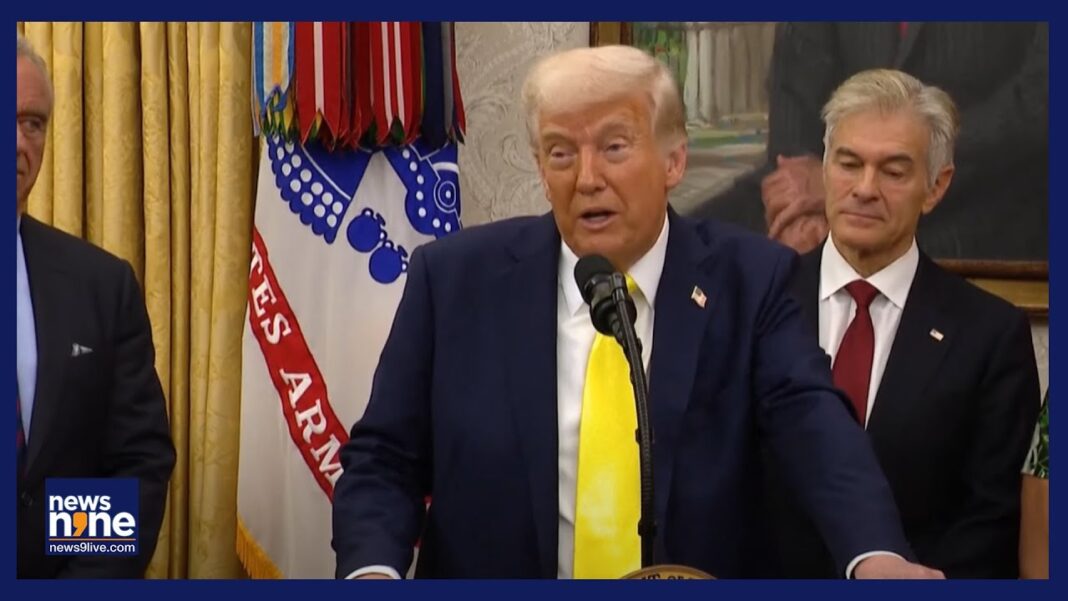The compromise proposal makes no changes to the share the federal government contributes to Medicaid in each state.
House Republicans revealed late on May 11 their proposal for Medicaid, which seeks to balance the interests of moderates and spending hawks within the narrow GOP majority.
House Speaker Mike Johnson (R-La.) is making a bid to unite his thin majority over one of the most explosive issues within President Donald Trump’s “big beautiful bill” to fund his agenda.
“Savings like these allow us to use this bill to renew the Trump tax cuts and keep Republicans’ promise to hardworking middle-class families,” Energy and Commerce Committee Chair Brett Guthrie (R-Ky.) said in a Sunday statement.
Democrats, however, criticized the bill, saying it would amount to millions of Americans losing health care.
“Hospitals will close, seniors will not be able to access the care they need, and premiums will rise for millions of people if this bill passes,” said Rep. Frank Pallone (D-N.Y.), the top Democrat on the committee.
The 160-page proposal does not make the more sweeping cuts conservatives may have hoped to see.
The biggest changes are more stringent work requirements and more frequent checks to ensure that Medicaid recipients remain eligible.
However, some of the biggest cost-cutting measures sought by spending hawks have been left out of the proposal.
The compromise proposal makes no changes to the share that the federal government contributes to Medicaid in each state, known as the Federal Medical Assistance Percentage (FMAP) reduction, nor does it cap per-person spending in the program—both measures that could have reduced the cost of the program and appealed to conservatives.
These measures would have alienated moderates, however.
“Changes to FMAP … would have a devastating impact on New York, and I’m not doing it,” Rep. Mike Lawler (R-N.Y.) told The Epoch Times.
Such changes are among many proposals related to Medicaid that were left out of the final package.
Both the House and Senate are presently working through drafting their versions of the reconciliation bill intended to carry out Trump’s agenda. Both chambers are broadly aligned on key priorities: funding border security, energy, and defense, extending Trump’s 2017 tax cuts, and reducing federal spending.
However, amounts differ in each chamber’s version of the legislation.
By Joseph Lord








